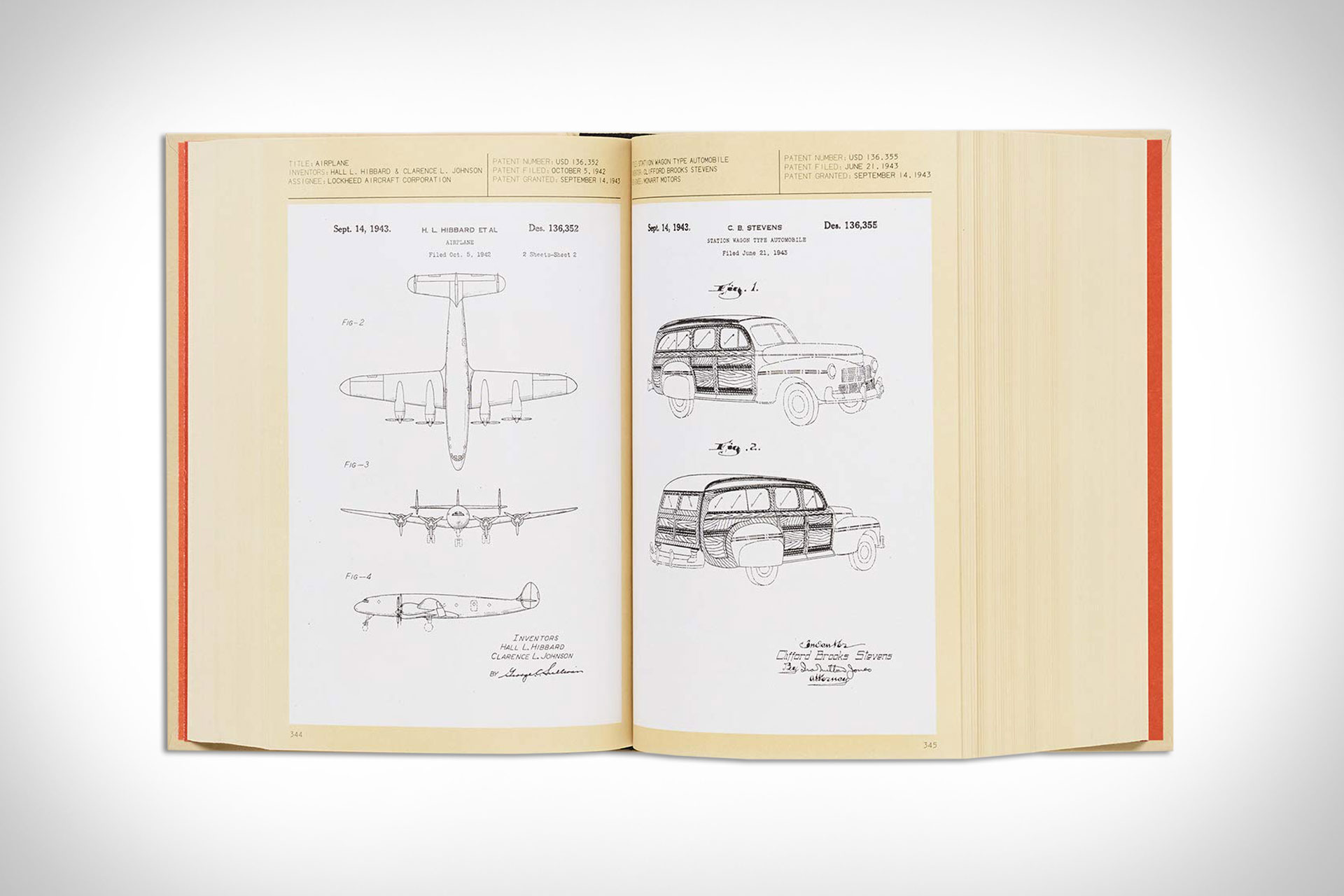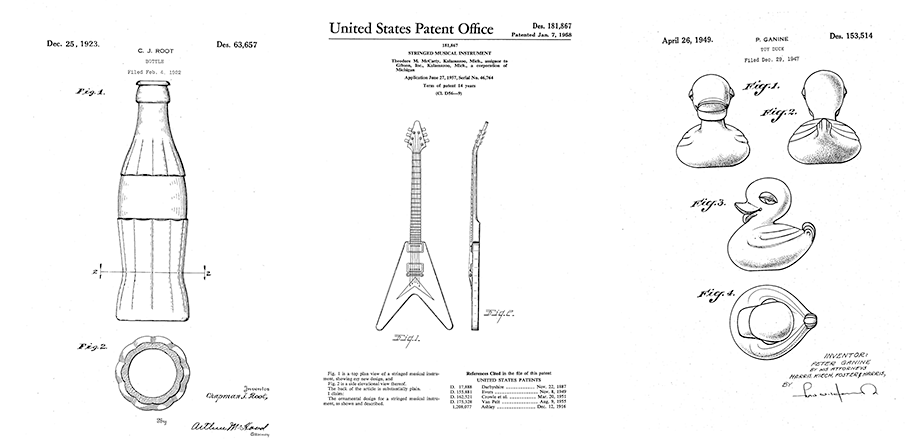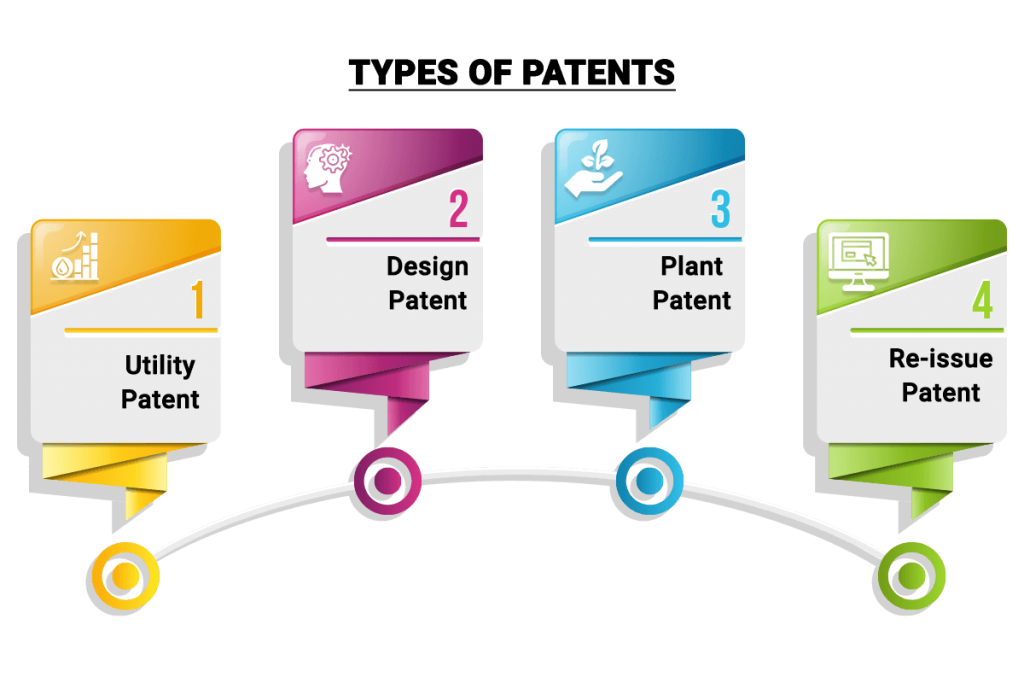Intellectual Property Patents Los Angeles Public Library
Table Of Content

Both design and utility patents may be obtained on an article if invention resides both in its utility and ornamental appearance. While utility and design patents afford legally separate protection, the utility and ornamentality of an article are not easily separable. Articles of manufacture may possess both functional and ornamental characteristics. The more features placed in solid lines, the narrower the scope of patent protection. For example, if the product has three distinct features, all included in the design patent, a third-party could incorporate two of those features but make the third feature radically different and possibly avoid patent infringement.
Important Considerations Prior to Filing
For example, vases with only minimal configuration differences may be considered a single design concept and both embodiments may be included in a single application. Design patents protect the aesthetic design of a product and not its utilitarian features. Inventors are often drawn to a design patent in lieu of a utility patent due to its lower cost. However, seeking a design patent when a utility patent is necessary will not meet the needs of the inventor. Furthermore, though design patent applications are mechanically simple to prepare, they nonetheless require careful attention to detail when preparing the drawings.
Design Data
With a design patent’s speed and lower cost of obtaining a design patent, multiple design patents are often acquired for the same product. Once a utility patent application is approved and issued, it lasts for up to 20 from the date it is filed years with proper maintenance. The maintenance process includes periodic updates of information, along with fees and forms.
The drawings of a design patent application: Defining the claimed design
(1) Reference characters (numerals are preferred), sheet numbers, and view numbers must be plain and legible, and must not be used in association with brackets or inverted commas, or enclosed within outlines, e.g., encircled. They must be oriented in the same direction as the view so as to avoid having to rotate the sheet. Reference characters should be arranged to follow the profile of the object depicted. Graphical drawing symbols may be used for conventional elements when appropriate.
Hiring a professional to do the patent drawing for you is often the best option. Industrial design law is at the heart of the European fashion industry. A top manager at Procter and Gamble talks to WIPO Magazine about the role of industrial design in a successful product range.
Almost every famous design you can think of has been the subject of a design patent – especially the most iconic ones. Traditional classic games and toys like Monopoly, Lego, and the Slinky all received design patents, as well as the classic Barbie doll and G.I. The first design patent ever issued (U.S. Patent D1) was for a new font designed by George Bruce in 1842. Since then, there have been hundreds of thousands of successful design patent applications. Design patents provide powerful protections both on their own and as a complement to their more well-known cousin, utility patents.
Apple won a series of design patents in Europe for a charging station, Apple Pencil, mounting units for audiovisual ... - Patently Apple
Apple won a series of design patents in Europe for a charging station, Apple Pencil, mounting units for audiovisual ....
Posted: Sun, 14 Apr 2024 07:00:00 GMT [source]
Your reply to an office action must be made within a time limit specified in the action. The maximum period for reply is six months (see 35 U.S.C. 133), though the USPTO Director may shorten it to not less than 30 days. The usual reply period is three months, although the time may be extended up to the maximum six months. If a substitute specification is filed, it must be submitted with markings showing all changes to the immediate prior version. The substitute must be accompanied by a statement that it includes no new matter, and also accompanied by a clean version without markings. The specification, claims, and drawings must be amended and revised when required.
Patent Infringement
In addition, 35 U.S.C. 171 requires that a design to be patentable must be "original." Clearly a design that simulates a well-known or naturally occurring object or person is not original as required by the statute. Furthermore, subject matter that could be considered offensive to any race, religion, sex, ethnic group, or nationality is not proper subject matter for a design patent application (35 U.S.C. 171 and 37 CFR § 1.3). In general terms, a "utility patent" protects the way an article is used and works (35 U.S.C. 101), while a "design patent" protects the way an article looks (35 U.S.C. 171).
So, using the same example, you could patent the design of the lid and the design of the box container for the lunchbox as well. Applicants must specifically petition to include color drawings or photographs in their patent applications. The design must be novel, original, ornamental, and applied to a tangible, man-made object, qualifying as an “article of manufacture.” It must also be non-obvious to someone skilled in the relevant field.
The Hague System for the international registration of industrial designs offers the owner of an industrial design a means of obtaining protection in several countries by filing one application in one language, with one set of fees in one currency. You also need to note any cross-references to patent applications related to your product, unless you already have them in your application. You must also note whether you relied on any federal research or development to create your invention. Before you fill out your design patent application, title your product.

The portion of the application setting forth your claim or claims defines the scope of the protection afforded by the patent. Since June 8, 1995, inventors have had the option of filing a provisional utility or plant patent application. This provides a lower-cost first patent filing in the United States and gives U.S. applicants parity with foreign applicants. A provisional helps establish an early effective filing date in a patent application and permits the term “Patent Pending” to be applied in connection with the invention. If you decide to initially file a provisional application, you must file a corresponding nonprovisional application during the 12-month pendency period of the provisional in order to benefit from the earlier provisional filing. Provisionals have fewer requirements than non-provisionals — for example, claims and an oath/declaration are not required.
By forcing legal restrictions on what designers can and can’t do, design patents encourage variety within competitive markets. Industrial design laws in some countries grant – without registration – time- and scope limited protection to so-called “unregistered industrial designs”. This “hypothetical negotiation” inquiry is typically conducted by painstakingly analyzing the 15 Georgia Pacific factors. This includes considerations such as the royalties of prior licenses to the patent(s) at issue or licenses the infringer has taken to comparable patents, as well as the portion of the infringer’s profit attributable to the patented invention.

In the United States, federal law governs design patent infringement actions. An action for enforcement of a design patent must be filed in one of the ninety-four federal U.S. district courts distributed geographically throughout the country. International Trade Commission, which is a regulatory body that controls imports into the United States.[30] Appeals for design patent infringement decisions from either type of forum are filed in the U.S.
This quick, inexpensive way for you to establish a U.S. filing date for your invention can be claimed in a later-filed nonprovisional application. A provisional application is automatically abandoned 12 months after its filing date and is not examined. An application for a plant patent consists of the same parts as other applications. The USPTO registers both patent attorneys and non-attorneys called "patent agents" for permission to prepare and prosecute patent applications. When you appoint an attorney or agent, the USPTO does not communicate with you directly, but instead with the attorney or agent.
Only registered eFilers may try to file follow-on correspondence via Patent Center, though. Follow-on correspondence by unregistered eFilers must be postal-mailed, faxed or hand-delivered to the address specified above. On that date, the patent file becomes open to the public, unless the application was opened earlier due to prior publication. The revival requires a petition to the Director establishing that the entire delay in filing the reply and petition was unintentional, along with a petition fee. If the petition is filed more than two years from the date of abandonment, an additional explanation of the circumstances surrounding the delay must be provided, to establish it was unintentional.
Comments
Post a Comment